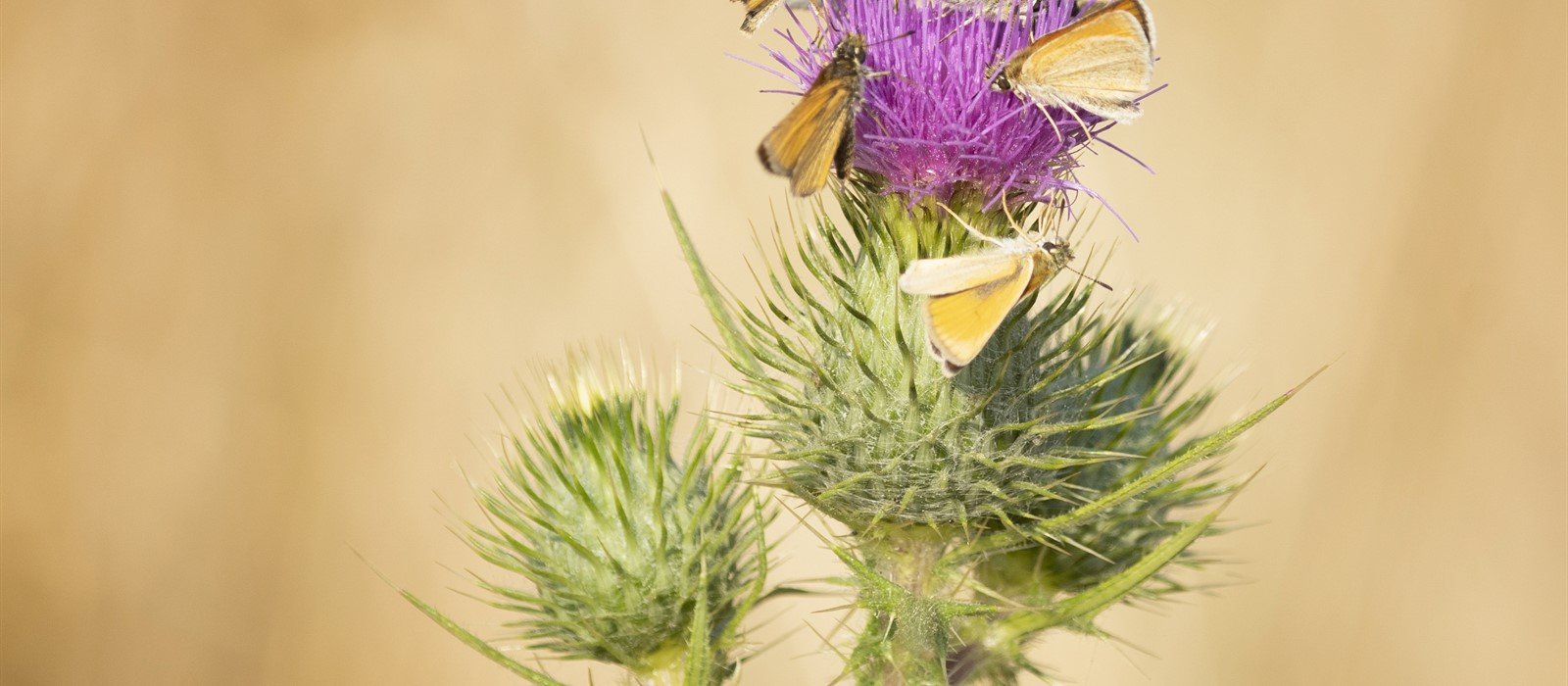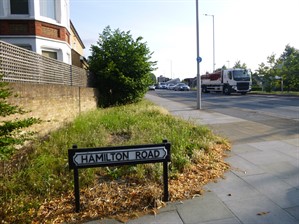Tiny London Wildlife Homes

As London’s population grows and land is needed for high density housing and roads, wild areas are shrinking. But even tiny corners can become homes for wildlife, providing dot-to-dot connections between larger green spaces for flying insects, birds and foraging mammals like hedgehogs.

This triangle on the A406 North Circular can be paced out in twenty seconds. In a ten minute visit I found birdsfoot trefoil, evening primrose, cranesbill, at least three grasses, willow herb, clover, hedge mustard, thistle, hornbeam and hazel trees, buddleia, hoverflies, bumble bees, and a ladybird. We have to thank a light-touch mowing regime for this kind of rich mix, allowing plants to grow, flower and seed and keeping the strimmers away from young trees.
This is not a place to have a picnic and there is no escape from the roar and fumes of traffic. But for pollinating insects and other wild visitors it’s a compact home in a highly desirable area.